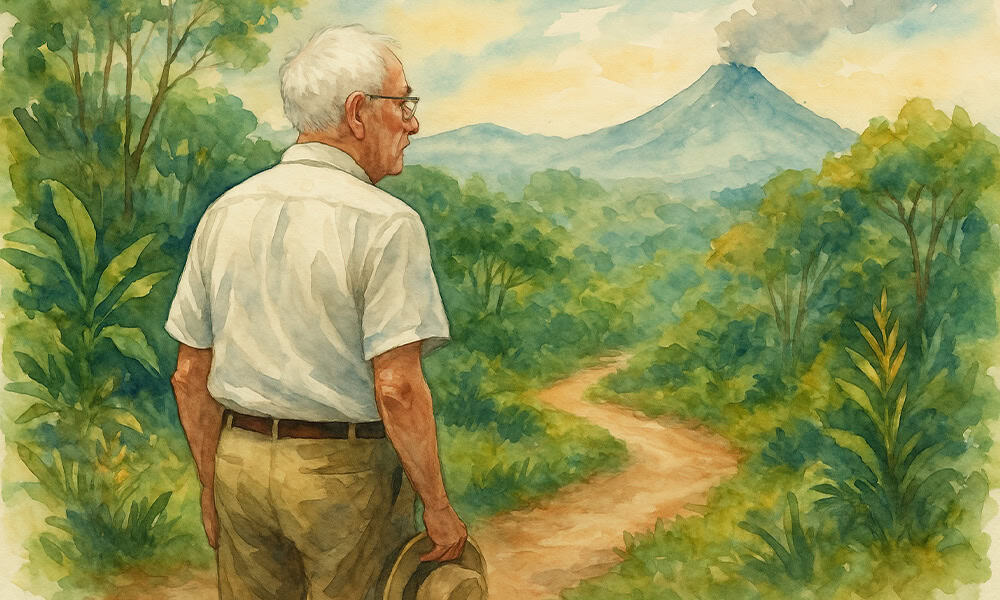When it comes to AI, call me OG. Old school. I sometimes wish I could go back to a time before it existed. Artificial Intelligence is the future, they say, and I have no reason to doubt this. In many ways, it’s already here.
What’s the most asked question these days online? I’m going with, “Is it real or is it AI?” The genie is out of the bottle, and the future belongs to armies of developers—nerds comfortable working with a technology that is incapable of empathy or emotional intelligence.
In its present form, AI is capable of acts of pure plagiarism, scanning cyberspace at warp speed to find chunks of information requested in a prompt. I saw this firsthand a couple months back. While reading an online article about declining tourism in Costa Rica from a site called TTW (Travel and Tour World), I recognized entire sections lifted verbatim from an article I had written for The Tico Times just two days earlier. The parts that weren’t mine were neatly categorized and given headlines, with everything arranged in a way that screamed: AI.
I regularly scan numerous Facebook pages about Costa Rica. One page is nothing but made-up stories about fictional people—you can almost figure out the prompt they wrote in order to generate the story.
It might be a story about the recently retired transplant who enjoys sipping his coffee and watching the sun rise in the campo. Or the valiente single mother of three, selling her pottery at the local feria. Or the old campesino and the lessons his hard life has taught him.
Each article comes with an AI-generated image of the make-believe person in their make-believe location.
It gets weirder. You may have read about the hot new band Velvet Sundown, with a folk rock sound reminiscent of CSNY. They went viral, and in only a few weeks amassed more than 1 million streams on Spotify. It was later revealed that Velvet Sundown was an AI-generated fake—right down to their music, promotional images, and backstory.
The first cousin of this type of deception is the deepfake—altered videos of well-known public figures, putting them in sordid and scandalous positions.
AI is recognizable, if you know what to look for. The typical photos are flawed. While they’re mastering four fingers and a thumb per hand, the attention to detail is often lacking. A photo purporting to show a group of campesinos in rural Costa Rica sixty years ago will have them wearing modern boots, for example.
As for AI writing, I asked ChatGPT some basic questions about Costa Rica—Is Costa Rica safe? Are Ticos happy? What can I expect on my first trip to Costa Rica? I got stock answers, each section with its own headline, as if written expecting a grade of 100 from a cyber-teacher.
And in news that portends an unpredictable AI future, Google recently announced that one of its bots had found a flaw in code used by billions of computers—flaws that cybercriminals were hoping to exploit using their own bots. The dystopian future of machines vs. machines predicted by sci-fi writers over the decades just took its first baby steps.
The war between what is real and what is not—the lines are blurrier by the day. It’s an AI jungle out there.
If you’re like me, all this hyper-technology can make your head spin. It helps remind me of one of the reasons I came to Costa Rica. This place is real, visceral—a landscape of vistas created naturally, with no need for artificial enhancement.
This coming week, I might cycle up into the cool hills, or head to the beach, or take a trip to watch one of our active volcanoes release some steam. Maybe I’ll go out and watch and listen to some real-life people making real-life music.
I’ll forgo the AI jungle for a real one, teeming with flora and fauna. Nothing artificial about it.

